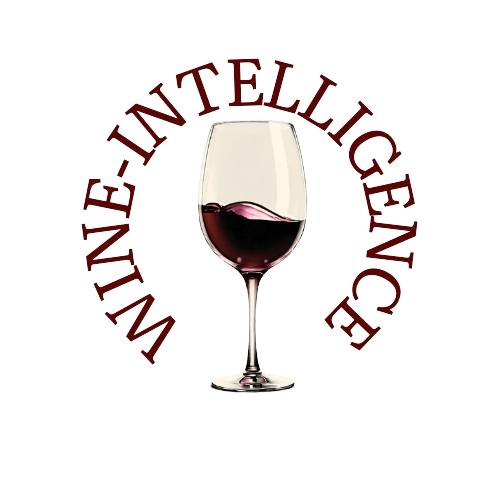In a landmark development for Russia’s domestic wine industry, the Moscow Exchange has introduced the country’s first market indicators for grape wine, offering a structured and transparent view into wine retail prices.
Announced in a press release on June 16, 2025, the indices were developed in collaboration with RBC and X5 Group, and are based on sales and retail price data from Perekrestok, one of Russia’s largest supermarket chains.
This move represents a significant step forward in the formalization and financial integration of the Russian wine sector, providing winemakers, suppliers, retailers, and potential investors with a powerful data-driven tool to monitor trends, set strategies, and plan production.
A Trio of Indices for a Diverse Market
The new wine index family includes three main indicators:
- RBCRED – the red wine index
- RBCWHITE – the white wine index
- RBCSPARK – the sparkling wine index
Each index reflects the average ruble price per 0.75-liter bottle and includes four price segments: low, medium, high, and premium. Prices are first averaged within each segment and then compiled into a weighted average that becomes the index value.
These indicators are updated weekly, with the inaugural data set covering the period from January 2024 to June 16, 2025. As of the launch:
- RBCRED stands at 652.52 rubles or 7.17 eur (+3.7% since January 2024)
- RBCWHITE at 609.93 rubles or 6.70 eur (+8.8%)
- RBCSPARK at 598.98 rubles or 6.58 eur (+8.2%)
The significant growth in white and sparkling wine index values reflects increasing consumer demand and evolving preferences within Russia's wine landscape.
Strategic Benefits for the Wine Industry
According to Sergei Golovanev, Director of Index Product Development at the Moscow Exchange, these indices are expected to enhance strategic planning within the wine sector. Winemakers can now align raw material purchases and production timelines more efficiently, while retailers and suppliers will have a clearer picture for inventory management and pricing strategies.
Furthermore, these indicators open the door to financial innovation:
"In the future, our indicators could serve as a basis for derivative financial instruments for wine," Golovanev noted. "They can even help evaluate the investment return in winemaking enterprises."
The data is derived from a broad spectrum of wine products available in Perekrestok stores, ensuring the indices reflect real market dynamics.
Growth of Russian Wine and Market Potential
Natalia Shestak, Head of the Wine Category Department at Perekrestok, emphasized the strong momentum of Russian wines. Over 330 domestic wine brands are currently represented on their shelves, and sales of Russian wine grew by 37% in the past year alone. This growth trajectory underscores the rising importance of structured market data and the potential for further industry development.
With the introduction of these indices, the Russian wine market is not only gaining transparency and structure, but also positioning itself for deeper integration into financial markets and more sophisticated forms of investment.
Source: Interfax

